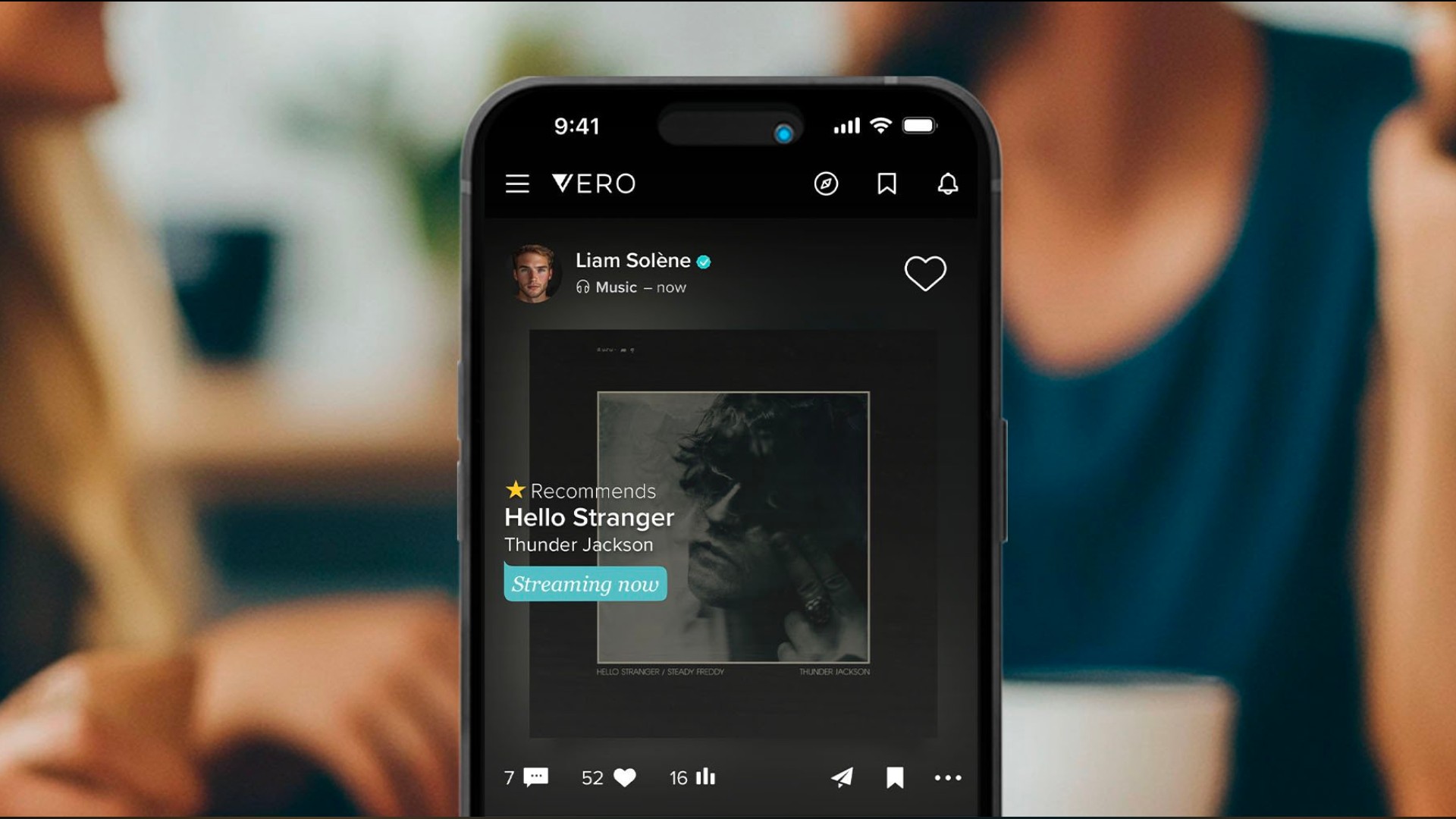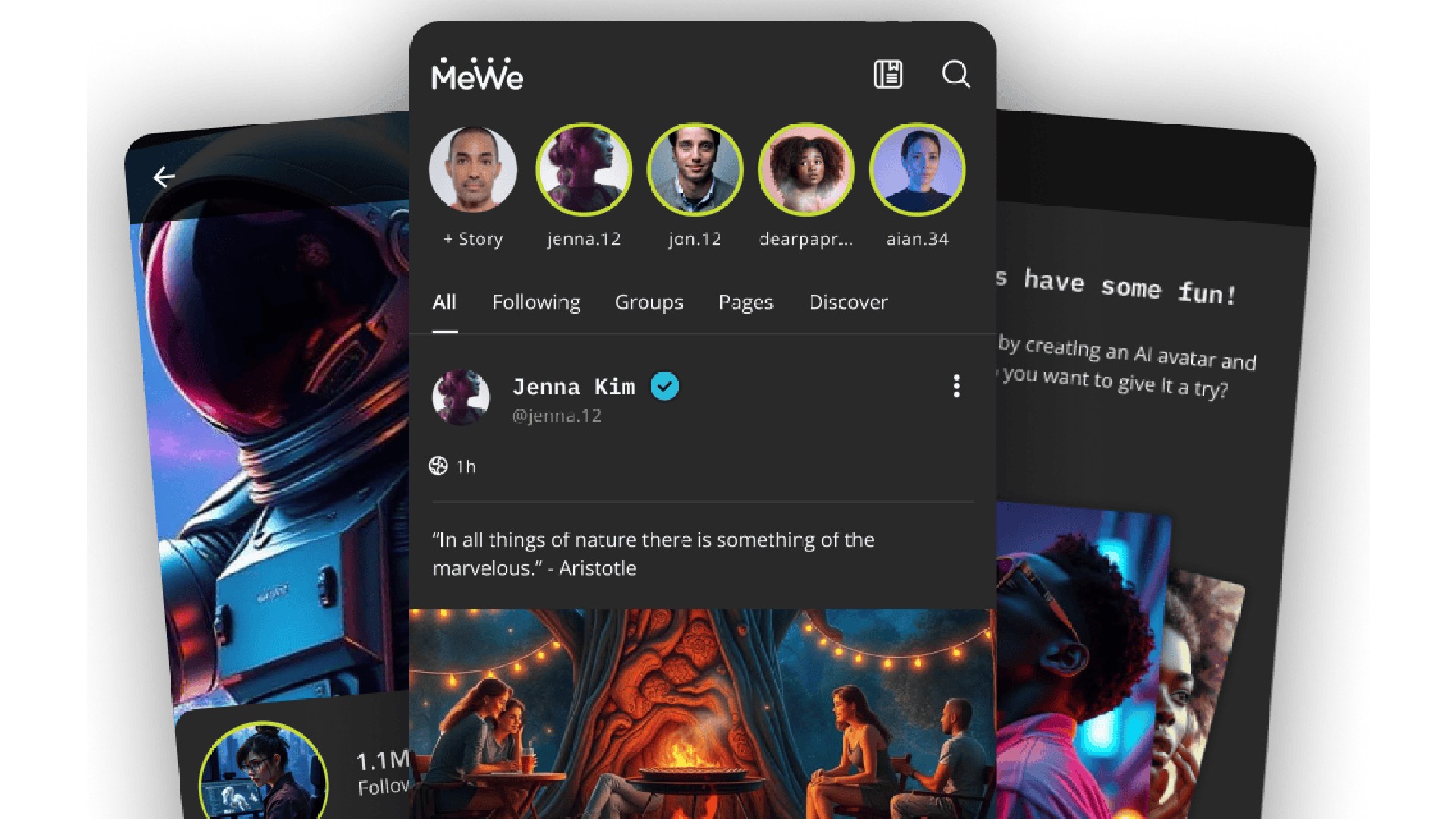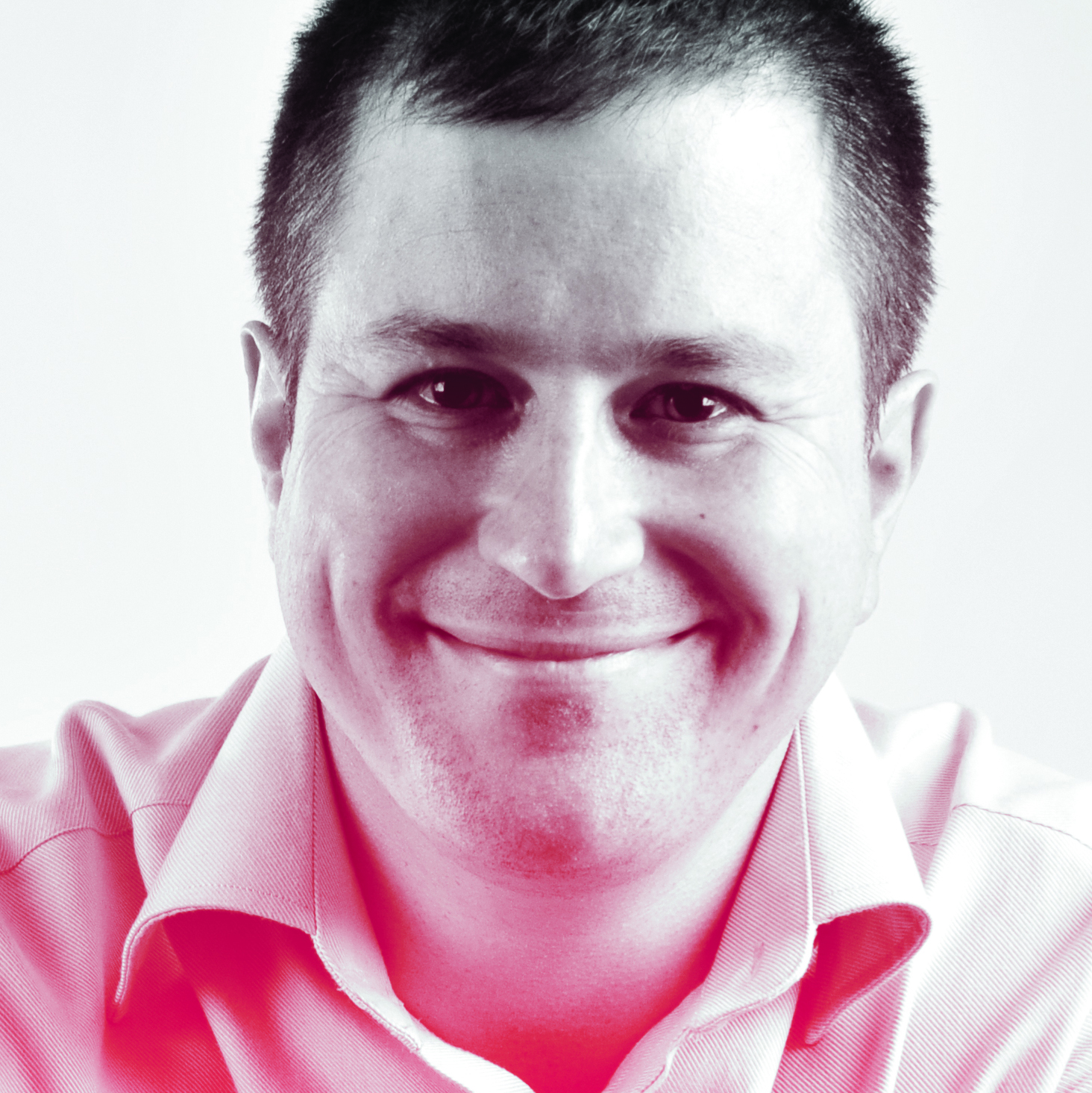
Instagram used to be a photographer's playground. Sadly, those days are long gone. The platform that once celebrated photography now treats our carefully composed images like an inconvenient interruption between Reels of people dancing and trending audio clips.
The algorithm has decided that still photography is dead weight, burying our work under an avalanche of short-form video content and AI-generated motivational quotes. As a result, engagement has plummeted, reach is abysmal, and the few people who do see our posts are too busy scrolling to actually look.
So what's the alternative? Well, there are many. And that's kind of a problem. Over the last few years I've watched more Instagram alternatives rise and fall than I care to count. But unfortunately, it's been little more than an endless cycle of hope and disappointment.
The great migration myth
Here's what actually happens when you join these alternatives. You sign up, excited about connecting with "real people" rather than bots and influencers. You upload your best work and start following the handful of others who've made the jump. For the first week, you're buzzing; finally, a platform that gets it.

Then reality hits. Your stunning landscape gets three likes. Your street photography masterpiece gets one comment from someone who clearly didn't look at it. You refresh hopefully, but there's nothing new because the same 12 photographers post weekly. The level of engagement makes your dying Instagram account look like Times Square on New Year's Eve.
This is the chicken-and-egg problem of social media, and why Flickr—despite being designed for photographers—never regained its glory. You can have the most photographer-friendly features in the world, but if nobody's there to see your work, what's the point?
Even worse is when these platforms do attract users—but they're all fellow photographers. Suddenly you're trapped in a pretentious echo chamber, where everyone's an expert and nobody's actually looking at photos. They're too busy analyzing compression algorithms and debating chronological feeds.
The best camera deals, reviews, product advice, and unmissable photography news, direct to your inbox!
When your entire audience consists of other photographers, conversation devolves into tired debates about camera brands and editing techniques. It's like being stuck at the worst photography meetup of all time, except it's happening 24/7 in your pocket.
The sustainability crisis
Running a social media platform is expensive: servers, bandwidth, moderation, development. Instagram can afford to show your photos to five people because they make billions from advertising. These scrappy alternatives, though, are burning through their venture capital faster than strobe lights empty batteries. So while they launch promising to be ad-free forever, they then quietly introduce "premium features" or start begging for donations.

Glass is the exception: from the start, they've made a point of charging users to join. Which makes sense, but in reality it creates a barrier casual users won't cross. Vero, meanwhile, tried subscriptions and you can hear tumbleweeds in their timeline as a result.
Other Insta alternatives make the fatal mistake of trying to become Instagram. They start with clean, photo-focused interfaces, then slowly add Stories, video features, shopping integrations—all the bloat that made us hate Instagram. Suddenly your "photographer-focused" platform is just another generic social media app with a smaller user base.
BlueSky is heading down this path with Flashes, their Instagram clone. It looks like early Instagram, which would be great if it were 2010. But in the words of Taylor Swift: "I've seen this film before / And I didn't like the ending."
The harsh reality
Maybe Instagram alternatives aren't failing because they're doing something wrong. Maybe the fundamental concept is flawed. Instagram's golden age happened because it was the right platform at the right time—when smartphone cameras were getting good, but social media was still novel.

We can't recreate those conditions by building a better mousetrap. The magic wasn't in the features—it was in the cultural moment. Instagram succeeded by becoming the default place to share visual content, not because it was the best platform for photographers. Network effects matter more than features.
So here's my advice to photographers. Stop chasing the Next Big Thing on social media. Create your own website. Build an email list. Develop real relationships with clients and fellow photographers. Use Instagram as a necessary evil if you must, but don't pin hopes on the latest alternative promising to save photography from the algorithm.
The sad fact is that there probably won't be another Instagram for photographers. The internet has moved on, attention spans have shortened, and social media economics favor video content over artistic expression. Instead of waiting for someone else to build our perfect platform, maybe it's time to accept the golden age is over and figure out how to thrive in the world as it actually exists today.
5 new social media platforms you've never heard of that could help your photographic career
Tom May is a freelance writer and editor specializing in art, photography, design and travel. He has been editor of Professional Photography magazine, associate editor at Creative Bloq, and deputy editor at net magazine. He has also worked for a wide range of mainstream titles including The Sun, Radio Times, NME, T3, Heat, Company and Bella.
You must confirm your public display name before commenting
Please logout and then login again, you will then be prompted to enter your display name.

